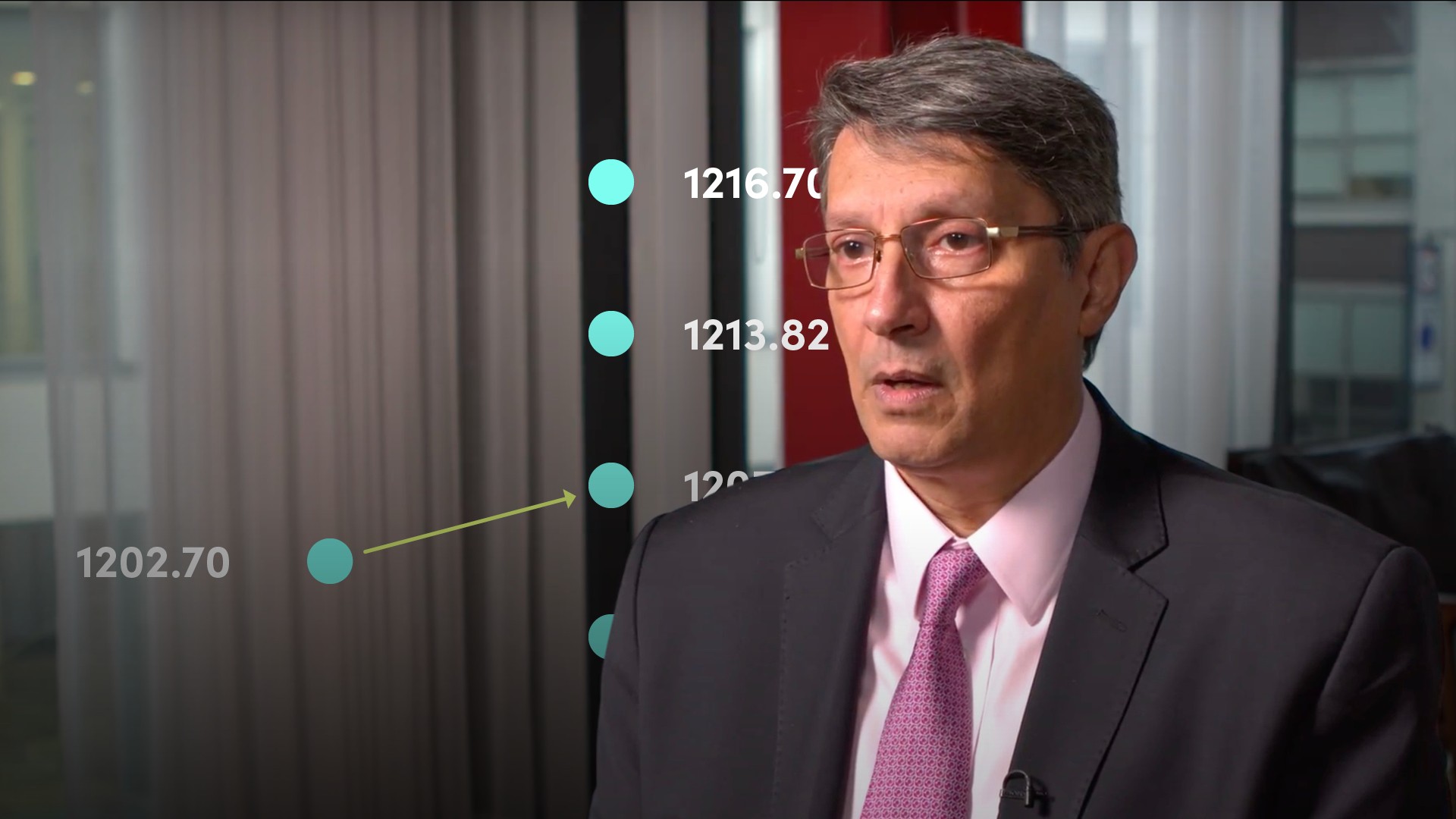
Measures of Dispersion

Abdulla Javeri
30 years: Financial markets trader
In this video, Abdulla covers measures of dispersion to determine how the data is spread around the central point.
In this video, Abdulla covers measures of dispersion to determine how the data is spread around the central point.
Subscribe to watch
Access this and all of the content on our platform by signing up for a 7-day free trial.

Measures of Dispersion
6 mins 35 secs
Key learning objectives:
Identify the key measures of dispersion
Define range, variance and standard deviation, and be able to calculate them
Why using percentage returns is more appropriate than absolute numbers in calculations
Overview:
Dispersion essentially explains how the data is spread around the central point.
Subscribe to watch
Access this and all of the content on our platform by signing up for a 7-day free trial.
What are the key measures of dispersion?
- Range
- Variance
- Standard Deviation
How do we calculate the range?
It’s the difference between the highest and lowest point for any period. It is done in absolute terms, but it also works in percentage terms as a percentage of some starting level.
How do we calculate the variance?
This is the average of the squared differences from the mean. Take each data point, subtract the mean and square the result. Add up all the squared numbers, and divide by the number of data points. This is seen in the following formula:

How do we calculate the standard deviation, and when might it be used?
This is simply the square root of the variance. Standard deviation is a key measure in financial markets as a measure of volatility and thus risk. If it’s a high-risk investment, you would expect the dispersion or volatility to be relatively high.
In calculations, why is using percentage returns more appropriate than absolute numbers?
Absolute numbers don’t capture the relative magnitude of the change, however, percentage returns will. For example, if you have a closing price of 100, and the next day’s move is 101, that’s a 1% move. On the other hand, if you have a starting point of 1000 and the next is 1001, this is a 0.1% move. The absolute change is 1, but in relative terms the move from 100 to 101 is substantially larger.
Subscribe to watch
Access this and all of the content on our platform by signing up for a 7-day free trial.

Abdulla Javeri
There are no available Videos from "Abdulla Javeri"



























